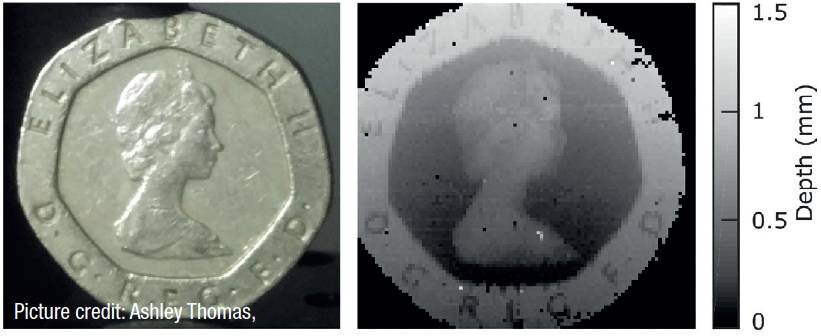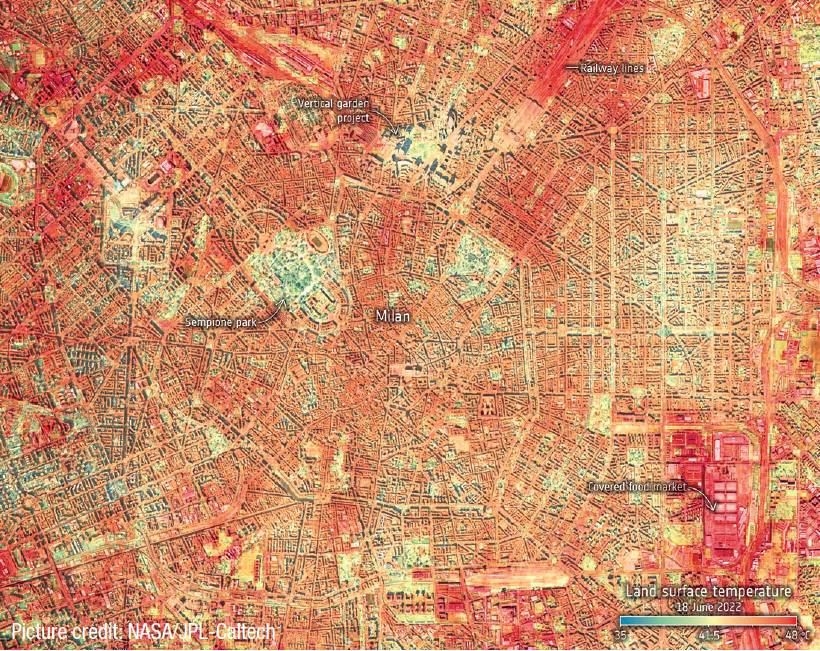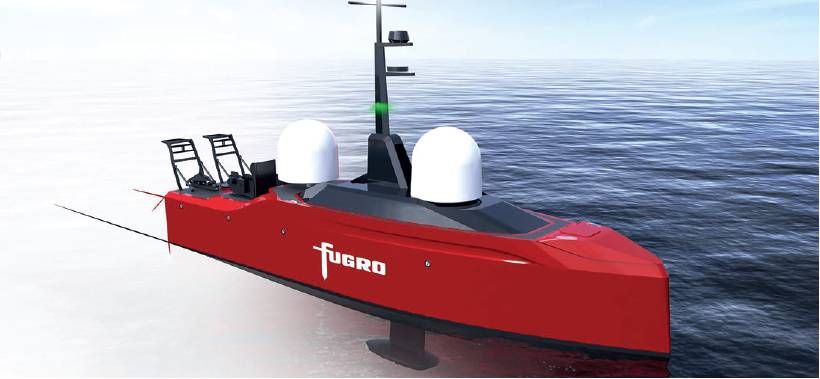New design of Notre-Dame de Paris surroundings unveiled for the first time

Picture credit: Studio Alma for BBS.
In 2021, in parallel with the restoration of Notre-Dame de Paris cathedral, City of Paris launched a design competition to reimagine the urban landscape surrounding the cathedral. Four international multidisciplinary teams led by architects, urban planners, and landscape architects were invited to submit their design proposals. The project site includes the forecourt of the cathedral and its underground spaces and areas over the banks of the Seine River. Now, City of Paris has announced that the team led by Bureau Bas Smets was chosen by the jury as the winner of this international competition. Charlotte Fagart, landscape architect at Bureau Bas Smets, said: “The project rethinks the emblematic public spaces around Notre Dame as an assemblage of climatic atmospheres.”
The competition’s technology partner, Autodesk, supported the City of Paris by providing support throughout. Autodesk’s building information modelling (BIM) solutions were used to create a 3D model of the existing area surrounding the Notre-Dame cathedral that competing teams used to understand the constraints of the site. It worked closely with the four competing teams to help them create photorealistic visualisations of their design proposals. On this, Ms Fagart added: “The various working sessions with the Autodesk team helped to confirm the project hypotheses initially tested in the plan and model. In addition, the model facilitated the jury’s understanding of the project by immersing them in different places and areas of the project.”
Anti-collusion declarations could be on the cards for demolition sector following CMA bid-rigging probe
The National Federation of Demolition Contractors is looking at making members sign anti-collusion declarations periodically in a move to restore trust after the Competition and Markets Authority (CMA) found 10 firms had colluded to rig bids worth £150m.
In June, three years after a CMA investigation begun in 2019, provisional findings named 10 demolition firms, including Keltbray and Cantillon, to have illegally colluded to rig bids worth more than £150m over a five-and-a-half-year period between January 2013 and June 2018. These bids were rigged with the deliberate intention of deceiving the customer that they were competitive when that was not the case.
Eight of the firms involved – Brown and Mason, Cantillon, Clifford Devlin, DSM, J F Hunt, Keltbray, McGee, and Scudder – have admitted participation in the bid rigging, which relates to 19 contracts in London and the Midlands, with Met Police Training College and Oxford University among those affected. Two other firms, Erith and Squibb, have not admitted their involvement in any bid rigging and while the investigation concludes, it should not be assumed that they have broken the law. The final total of any fines to be paid will also be determined at the end of the investigation.
Quantum-inspired technique improves lidar imaging resolution

Researchers from the University of Glasgow have shown that lidar imaging can be used at a much higher depth resolution than conventional approaches using a quantum pyhsics-inspired technique. Lidar has a limited depth resolution so it is usually only best suited for imaging large objects such as topography or built structures, however, using a new technique, they call two-photon interference, lidar imaging can distinguish reflective surfaces less than 2mm apart creating high-resolution 3D images with micron-scale resolution. It works well at the single-photon level, and could enhance other imaging approaches such as through scattering media and non-line-of-sight imaging.
In brief:
French civil works company, Bouygues Travaux Publics, has partnered with ALICE Technologies, which uses artificial intelligence to plan, bid and build challenging, large-scale infrastructure and commercial projects, for global construction projects. • The European Space Agency’s (ESA) Navigation Directorate, the design architect of the Galileo satellite navigation system, has reached out to the European industry with plans to develop an in-orbit validation of future ‘positioning, navigation and timing’ missions into novel orbits. • Fugro has been awarded a contract to acquire, process and publish lidar geo-data of Ireland’s west and north coasts. The baseline survey will deliver a 3D elevation model to support Ireland’s coastal resilience strategy by identifying areas at current or future risk of coastal change and flooding. • Aviation Week has recognised Maxar as a 2022 laureate award winner in the Space category for the company’s contributions to sharing data to assist Ukraine and reveal war crimes and human rights violations. Since 24 February 2022 – the day Russia invaded Ukraine – their constellation has been tasked to collect more than 3.3m sq km of imagery over Ukraine. • Digital twin platform, SmartViz, which creates a virtual representation of indoor spaces, has been integrated with the Bentley iTwin platform. It enables users to optimise their building assets to create a more productive and energy-efficient building. • Construction has begun on the HS2 railway’s first and longest viaduct, the Colne Valley Viaduct. The ALIGN joint venture with VolkerFitzpatrick, Bouygues Travaux Publics and Sir Robert McAlpine, is more than two miles (3.4km) across a series of lakes and waterways between Hillingdon and the M25. • WSP has agreed a £625.9m deal to buy RPS. • Kier is set to build the A5036 Port of Liverpool access route valued at up to £335m. • OceanWise is to provide an environmental monitoring to the Port of Tyne.
The International Space Station captures city heat extremes

An instrument, carried on the International Space Station, has captured the recent land-surface temperature extremes for some European cities, including Milan, Paris and Prague, which have been in excess of 10ºC above the average for the time of year. The images are helping by providing geospatial information to mitigate effects of heatwaves in the future through planning and managing water resources more efficiently.
For the ESA, this particular instrument, which is called ECOSTRESS and owned by NASA’s jet propulsion laboratory, is important because it is helping in the development of a new Copernicus Sentinel satellite; the land surface temperature monitoring (LSTM) mission. The ESA is using the instrument to simulate the data that will eventually be returned by LSTM, which will provide systematic measurements of the temperature of the land surface and it promises to be a game-changer for urban planners and farmers.
Ocean sustainability advancement the focus for Fugro

Fugro has become an associated partner of the European Marine Observation and Data Network (EMODnet), a long-term EU initiative to make diverse sources of marine data freely and uniformly available to all in support of a sustainable blue economy. Beneficiaries include policy makers, scientists, private industry and the public.
In addition, the geo-data specialist, also recently signed a contract with Kooiman Engineering and Van Oossanen Naval Architects for the naval design of Blue Prism, Fugro’s next generation of uncrewed surface vessels. Specifically engineered for operations in both coastal and offshore environments, it will combine a low carbon footprint with data collection, to provide autonomous and sustainable geophysical surveys.
The Geospatial Commission publishes its plan for 2022/23
The Geospatial Commission’s plan, which sets out priorities for the coming year, reflects on the growing use of location data as a strategic national asset to support levelling up, help meet net zero targets and drive science and technology innovation. Its priorities for the coming year is to continue the rollout of the National Underground Assets Register (NUAR), to pilot public sector access to commercial satellite data, and to publish guidance on how to make an effective case for investing in location data.
New sensor developed to provide early warning of bridge damage
A new prototype sensor that provides an early warning signal if a bridge is at risk of scour – the number one cause of bridge collapse globally – has been developed by a Queen’s University Belfast researcher. Developed in partnership with Somni Solutions Ltd, it is hoped it will be in place on a Northern Ireland bridge this summer and after further research there will be a wider roll out of the sensor.
Point cloud viewer connects CAD
For any modeller working with point clouds regularly, two screens are a must-have. With one for computer-aided design (CAD) software, and the second for a point cloud viewer. Terra Modus, reality capture company based in Lithuania has developed a new Undet Browser – a free point cloud viewer, created to help drafters view, analyse and navigate digital data as a panoramic view – to connect the two when using Undet products.
Winner of Wavin’s first water futures challenge announced

Engineering student, Amrie Singh, has been appointed as the new Institution of Civil Engineers’ (ICE) water futures ambassador.
It follows the final of the water futures challenge, created by Wavin, a plumbing and drainage solutions provider, in partnership with ICE, to find innovative solutions to tackle the UK’s growing water crisis.
The brief challenged engineering students and junior engineers to submit radical design ideas (see Amrie’s right) connected to the built environment’s most pressing water-related issues.
These issues focused on Wavin’s purpose of building healthy, sustainable environments, covering safe and efficient water supply, better sanitation and hygiene, climate resilient cities, and better building performance.
Contracts and law report published by RIBA
The Royal Institute of British Architects (RIBA) has published the findings of its survey of construction professionals on their experience of legal and contractual practice over the past twelve months. The survey forms part of the 2022 Contracts and Law Report, which is complemented by a series of articles from cross-sector experts. It was completed by over 950 clients, contractors and consultants including architects between January and April 2022.
Key findings from the report show that 43% of respondents were involved in one or more contracts that included ‘expected sustainable outcomes’ and for 32% that included ‘measurable sustainability criteria’, while 23% said that ‘operational performance criteria’ had become a contractual requirement, with 21% referencing ‘embodied carbon criteria’ – metrics that form part of the RIBA 2030 climate challenge. 7% of respondents had been involved in a contract that included the UN sustainable development goals. The proportion of respondents being involved in contractual disputes fell from 44% in 2015, to 33% in 2018, to 27% this year.